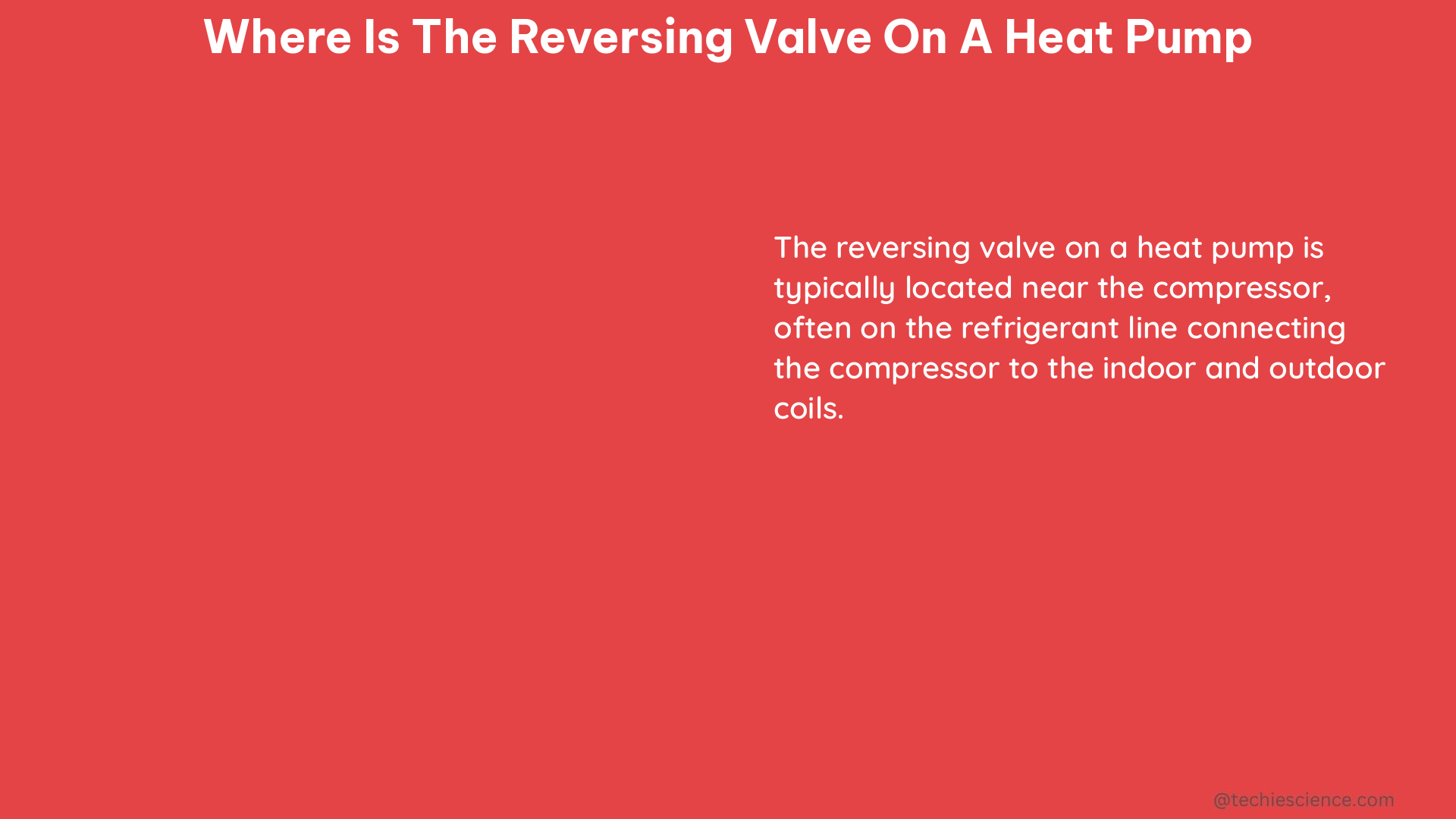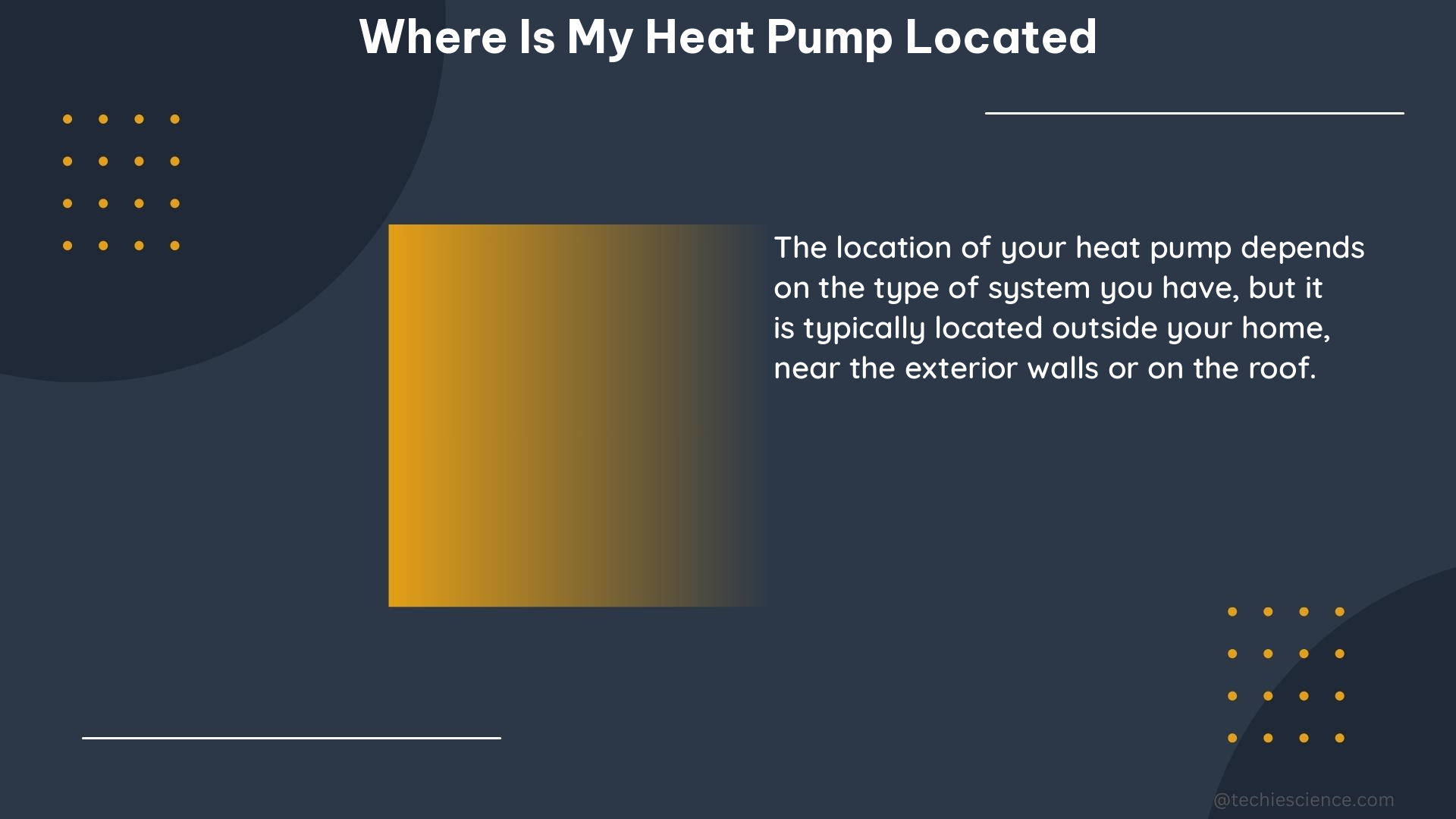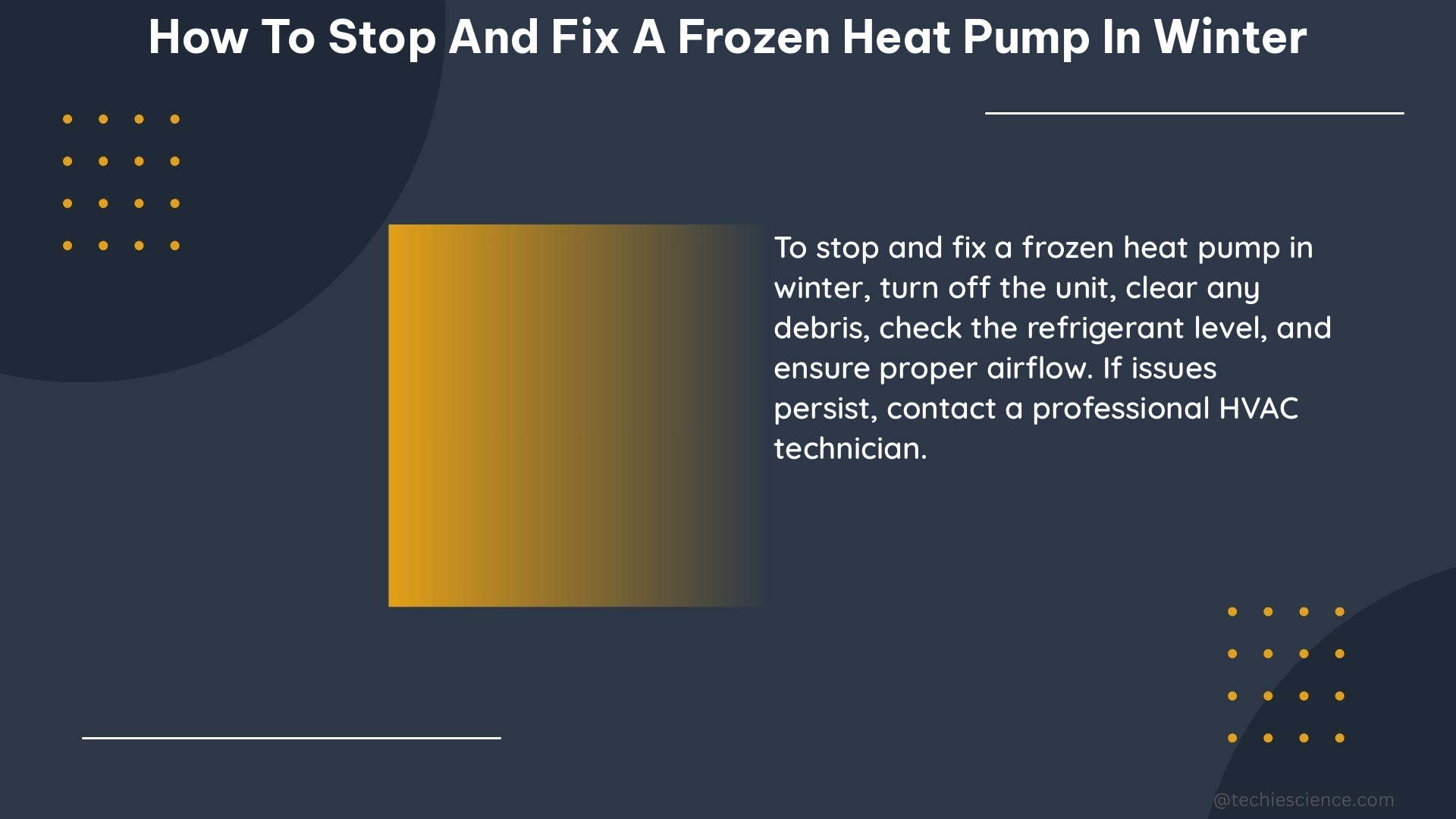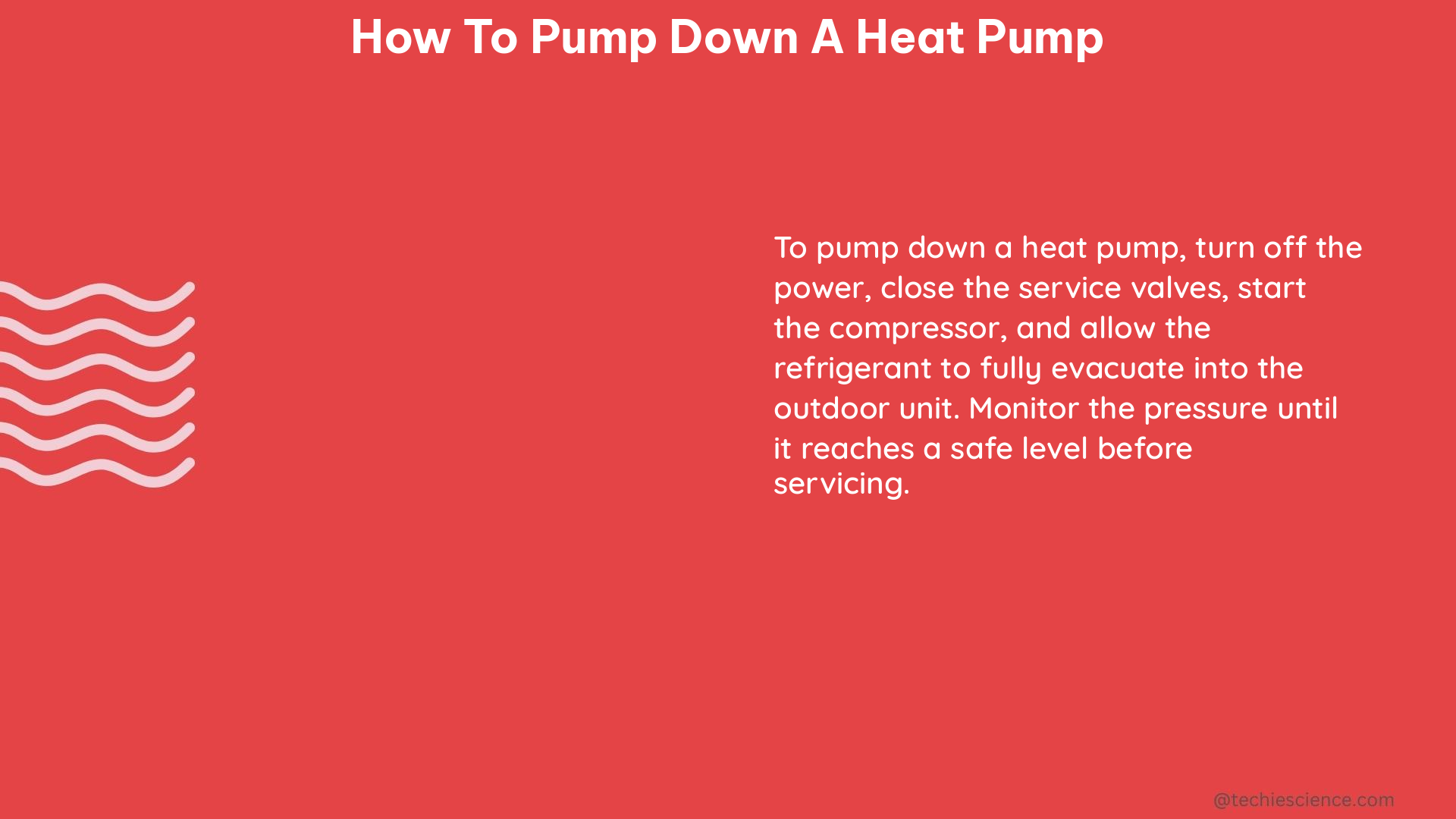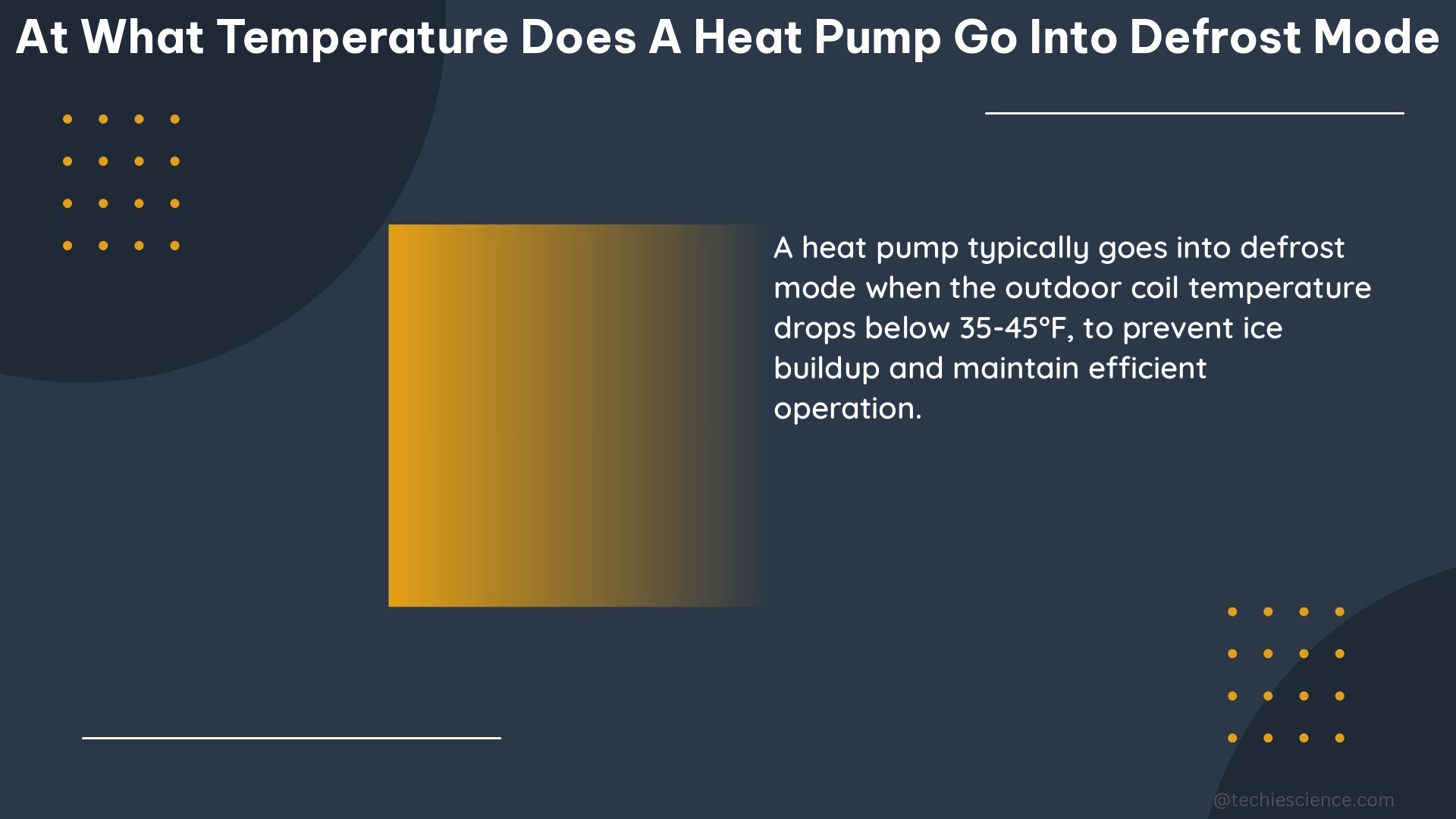The reversing valve on a heat pump is a crucial component that allows the system to switch between heating and cooling modes. It is typically located between the indoor and outdoor units, within the outdoor unit, and is situated in the liquid line, which connects the condenser and the evaporator.
Understanding the Reversing Valve’s Location
-
Outdoor Unit Placement: The reversing valve is typically located within the outdoor unit of a heat pump system. This is because the outdoor unit houses the compressor, condenser, and other essential components that facilitate the heat exchange process.
-
Liquid Line Connection: The reversing valve is situated in the liquid line, which is the section of the refrigerant piping that carries the refrigerant from the condenser to the evaporator. This strategic placement allows the valve to control the direction of the refrigerant flow, enabling the heat pump to switch between heating and cooling modes.
-
Proximity to Outdoor Unit: The reversing valve is usually located close to the outdoor unit, often within a few inches or feet of the unit’s exterior. This proximity ensures that the valve can effectively manage the refrigerant flow between the indoor and outdoor components of the heat pump system.
Reversing Valve Design and Operation

-
Solenoid-Operated Valve: The reversing valve is typically a solenoid-operated valve, which means it uses an electric current to move a plunger and change the direction of refrigerant flow. This design allows the valve to be controlled by the heat pump’s thermostat or control system, enabling the system to switch between heating and cooling modes.
-
Pilot-Operated Valve: The reversing valve is a pilot-operated valve, which means it requires a pressure differential to operate. If there is no pressure difference between the high side and the low side of the system, the valve will not operate correctly, and the heat pump will not switch modes.
-
Refrigerant Flow Reversal: When the heat pump is in heating mode, the reversing valve directs the refrigerant flow from the compressor to the indoor coil, where it condenses and releases heat. In cooling mode, the valve reverses the refrigerant flow, directing it from the compressor to the outdoor coil, where it condenses and releases heat to the outside air.
Checking for Reversing Valve Leaks
-
Temperature Differential Measurement: To check for a leaking reversing valve, you can measure the temperature difference between the suction line from the evaporator and the permanent suction line on the reversing valve (usually the middle line on the bottom).
-
Temperature Difference Threshold: The temperature difference should not be more than 3°F (1.7°C). If the temperature differential is greater than 3°F (1.7°C), the valve must be replaced.
-
Pressure Differential Monitoring: Another way to check for a leaking reversing valve is to monitor the pressure differential between the high side and the low side of the system. If the pressure differential is not within the manufacturer’s specifications, it may indicate a problem with the reversing valve.
Importance of Proper Reversing Valve Placement and Maintenance
-
Efficient Heat Pump Operation: The proper placement and functioning of the reversing valve are crucial for the efficient operation of a heat pump system. If the valve is not located correctly or is not working properly, it can lead to reduced heating and cooling performance, increased energy consumption, and potential system failures.
-
Preventive Maintenance: Regular inspection and maintenance of the reversing valve are essential to ensure its proper operation. This includes checking for leaks, ensuring the valve is securely mounted, and verifying that the electrical connections are in good condition.
-
Troubleshooting and Repair: If the reversing valve is not functioning correctly, it can cause various issues, such as the heat pump not switching between heating and cooling modes, or the system not maintaining the desired temperature. In such cases, a qualified HVAC technician should be consulted to diagnose and repair the problem.
By understanding the location, design, and maintenance requirements of the reversing valve, you can ensure that your heat pump system operates efficiently and effectively, providing reliable heating and cooling for your home or building.
References:
- Heat Pump Reversing Valve – HVAC Training Solutions, https://www.hvactrainingsolutions.net/heat-pump-reversing-valve/
- Heat Pump Reversing Valve Market Size, Share | Growth Report, 2030, https://www.verifiedmarketreports.com/product/heat-pump-reversing-valve-market/
- [PDF] r-410a heat pump outdoor units – Fujitsu General Global, https://www.fujitsu-general.com/us/resources/pdf/support/downloads/installation-instructions/pdf-92-105074-15-01-fo16r.pdf
